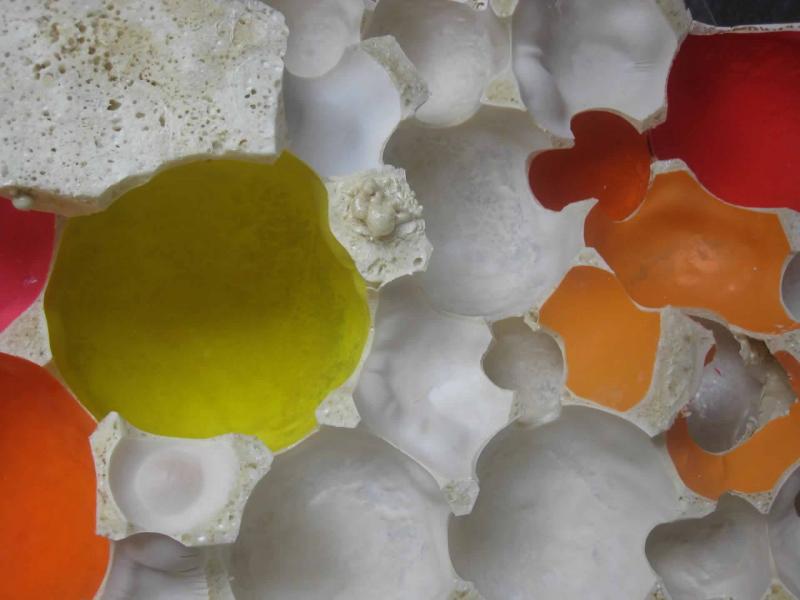
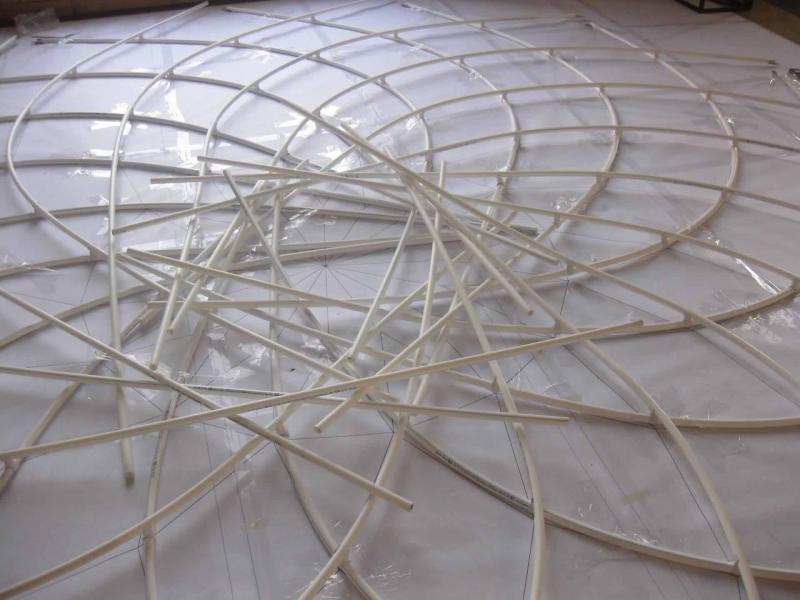
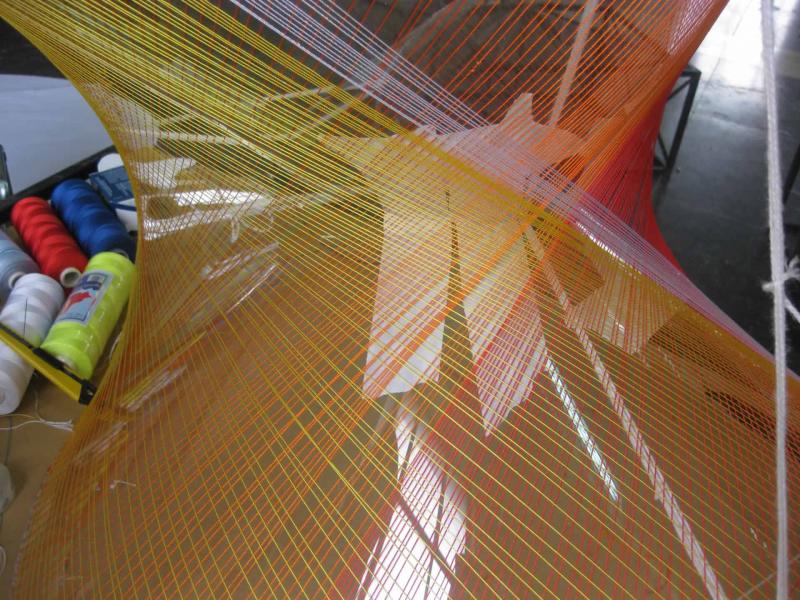
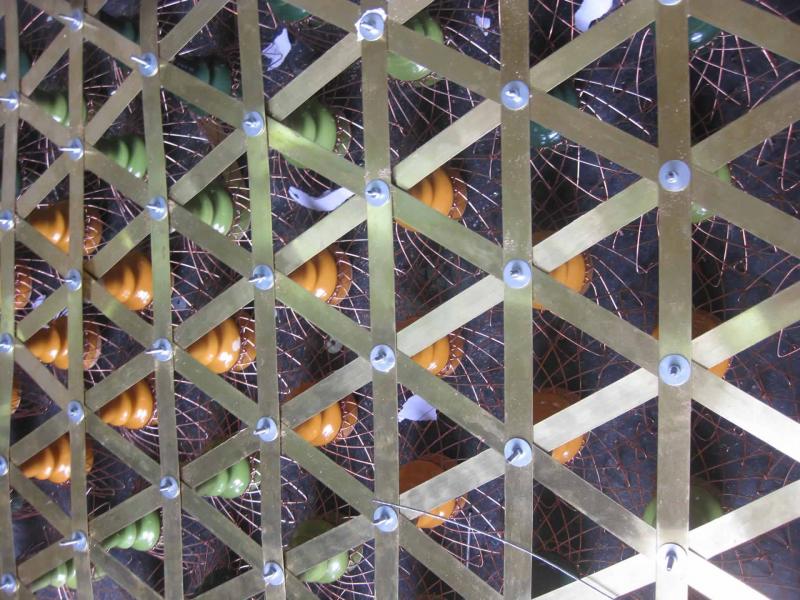
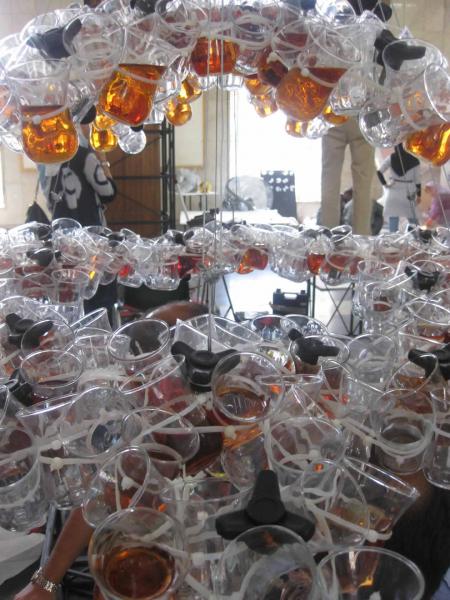

Manufacturing Simplexities
University of Tehran
26 July–6 August 2010
In recent years Iran has emerged as a cultural and economic hub within the Middle East; with its illustrious history in architecture it offers a fertile ground for research and investigation. Tehran, its capital city, has become a major laboratory for contemporary cultural production in terms of architecture.
The AA /Tehran Summer School explored the potential of algorithmic design using simple elements. An algorithm develops complexity through the repetitive implementation of simple and clearly defined rules. CAD/CAM technologies have made available the possibility of non-orthogonal designs and geometries. In the pursuit of such designs through economical means, it is essential to look again at traditional methods of fabrication and assembly.
Contemporary architectural thought is often inclined towards the complex associations of parts into smooth and highly differentiated spaces. Many of these associations fail in their ability to materialise into architectures or built products. Digital design is for this reason more often than not tied to the necessity of digital production. Though this ambition is admirable in itself, it often fails to operate within more general and pragmatic questions that are dealt with by architects and
designers in both industrialised and non-industrialised nations. The lack of cutting-edge means should not, however, mean the end of such pursuits. The digital era has opened the doors to a new kind of design in the human ability to figure, conceive, manage and communicate design intent. The shift in this paradigm lies not only in the tools implemented but in the generative processes and conceptual methodologies necessary for their creation.
This workshop aimed to look at the basics of intelligent design within low-tech solutions which were democratically affordable to all designers anywhere.
Director
Omid Kamvari graduated from the University of Greenwich and the AA and has worked for Foster + Partners and Allies and Morrison. In 2008 he joined Hamiltons as a member of their advanced modelling group and currently directs Kamvari & Hamiltons.